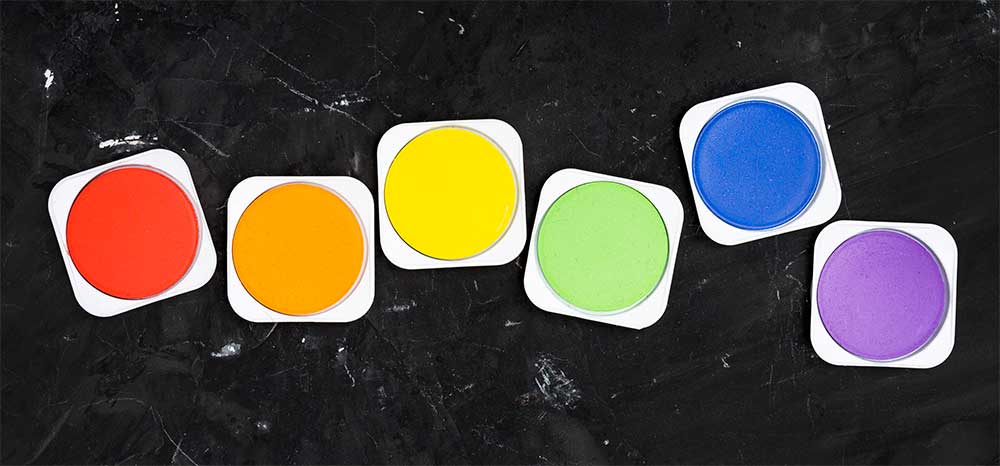There is a strong reason why colorants are important for industries related to Food and Beverage and cosmetics. As natural tones tend to vanish, fade or expire, shelf life of the product is limited. Hence, colorants are required to enhance the texture, tonal quality and length of its consumption. However, they are prepared under controlled conditions. Strict policies are followed to conduct stringent quality control in the labs.
We explain how coloring has a long-term effect and how manufacturers conduct lab tests to improve flavors to avoid allergy.
Focus on Indian manufacturers
India is a leading player in the field of manufacturing Food Colours for Food & Beverage and cosmetic industries. Color is an active component for make up where one needs to differentiate shades of lipsticks, eye shades, nail polishes and foundation creams. In the Food & Beverage industry synthetic food colors enhance look of the product . For example, turmeric, roses and violet sugar have been used since ancient times to preserve food. Earlier, only such natural dyes were used as solvents. Now most foods contain ‘permitted food colors’ as recommended by FDA or European Commission for testing food color or JEFCA. Manufacturers have to adhere to the policies and standards by these three international authorities. India is a hub for making food colors and lake colors. All manufacturers have to comply to international standards set by these establishments.
Tests for QC
Quality control begins at a sophisticated testing lab. Various tests are conducted for allergy, customized manufacturing, raw material analysis, strength & tone with the treatment of spray dried powder. Harmful chemicals, dyes or pigments are avoided for safety and health of the people consuming the products. Both, food and cosmetic industry have critical requirements where the ‘exact color’ is important for product acceptance. Technology and tools provide accuracy while conducting the testing and help teams to:
• Make objective analysis before the actual product is made.
• Reports are prepared with different tests for analysis.
• Visualize the ultimate product result.
• Get consistent color quality with food and lake colors.
• Helps in productivity and cost estimation.
• Adherence to authorities.
There are 2 types of color additives approved by FDA, European Commission for testing food color and JEFCA. They are referred as dyes (water soluble) and lakes (not soluble in water). High quality pigments are made only after stringent quality control tests. Lake colors are made with soluble dyes and addition of metallic salts. They are mixed with fat, sugar and various oils. The aluminum lake colors are found commonly in eye makeup and for coating drugs.
Safety first
The makeup industry is worth trillions of dollars across the globe. As different make up products touch the human skin for long, raw materials have to be skin-friendly. Latest trends may bring in new colors. But standard adherence for QC has to be maintained to stay away from legal and medical problems.
The colorants have to be:
1. Consistent to use
2. Have stability
3. No allergy reactions
4. Follow mandatory international laws
Manufacturers who follow the testing standards for QC are always preferred to do business.
